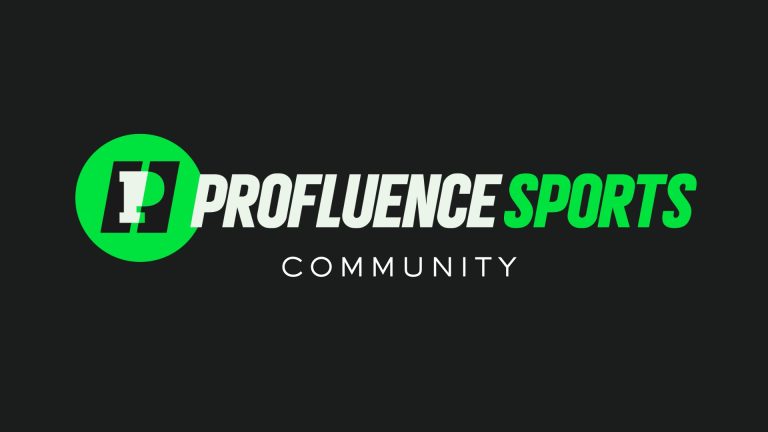Over 50+ athlete investors were named in IMG Academy last week.
- Jason Kelce
- Dak Prescott
- Michelle Wie
- Justin Jefferson
This comes a few months after Hong Kong private equity firm BPEA EQT acquired IMG in a $1.25 billion all-cash transaction.
It is perfect timing to break down prep schools (and the changing grassroots landscape across athletics).
Let’s Dive In 👇
History of IMG Academy
IMG Academy (in Bradenton, Florida) began as the Nick Bollettieri Tennis Academy in 1978 — it produced many of the game’s top stars including Andre Agassi, Jim Courier, Monica Seles, and Maria Sharapova.
It was acquired by IMG in 1987.

Since then, the academy has expanded its sports programs to include golf, soccer, baseball, basketball, football, lacrosse, track & field, and volleyball.
Some facts:
- 600-acre campus
- represents 40 countries
- 1,400 full-time student-athletes
- 15,000 participants at its camps
In 2014, Endeavor purchased IMG and this past year it shifted hands again to BPEA EQT.

The institution supports the entire student-athlete development journey through its boarding school, sports camps, online coaching, and college recruiting assistance.
Here’s the thing…
IMG Academy gives scholarships to its 4 and 5-star players. But everyone else on their roster is paying between $45,000-$90,000/year.
What is Prep School?
Prep schools, short for preparatory schools, are private institutions that provide specialized education, preparing students/athletes for higher education and future careers.
In the US, prep schools are elite institutions that have very selective admission criteria and high tuition fees, catering to students in the 13-18 age range.

Some things to know:
- can be co-education or single-sex
- day schools, boarding schools, or both
- not subject to government oversight or regulation
- some are affiliated with a particular religious denomination
- most are accredited by one of the six regional accreditation agencies for educational institutions
History of Prep Schools
Private education in the colonies came before public education (before the Civil War).
As public education took hold, private schools sprang up to fill a need not provided for in the public sector — parents who wanted more for their children had options even back in the early days of the nation.

In 2023, roughly 91% of American K-12 children are educated in the public system with the other 9% at private schools.
Today, prep schools serve two main groups:
- Athletes
- High academic students
Whether you want another year to develop and earn an athletic scholarship or a chance to increase your ACT scores (prep schools serve the need).
For example, in high school, I was recruited to play basketball at some Ivy League schools (they suggested prep school to get my test scores up).
Northeast Prep Schools
75% of my teammates at Boston University played at prep schools in the Northeast.
It broke down like this:
- from the Northeast? 2-4 years of prep school
- from anywhere else? 1 year of post-grad prep school

And looking back…
It was such an advantage for them.
Not only were they a year older, but they also experienced living away from home, took college-level classes, and competed in leagues with many other Division 1 players.
A few of them got scholarships to attend their prep schools, but many of them paid large tuition amounts (but it paid off in the end with a full scholarship to BU).
Looking Ahead
Over history, sports and education have become increasingly tied at the hip.
Both are going through transformations:
- Everyone needs some form of education — hence why it’s set to be a $3.1 trillion market size in the United States by 2030.
- Sports have always been an off-shoot of education — hence why it’s a fraction of the education market (especially when you remove pro sports from the equation).
- NIL legislation has killed amateur sports allowing for athletes to make money at all ages (in most states).
But that’s what makes it interesting…
With sports becoming more commercialized (for good, bad, or indifferent) the mixing of education with athletics is an appealing opportunity.
Prep Super League (PSL)
An interesting play on this market movement is the Prep Super League.
PSL is an 11-on-11, spring football league for 4 & 5-star college football prospects seeking enhanced competition and a less restrictive environment to pursue NIL deals.

It was founded by Brian Woods — who has had success creating football leagues such as the USFL & Spring League.
Just last week…
Prep Super League sold their first team for a significant sum (in the Denver market).
With college sports becoming pro sports — a new intermediary league funneling talent from high school to college seems to be the move.









